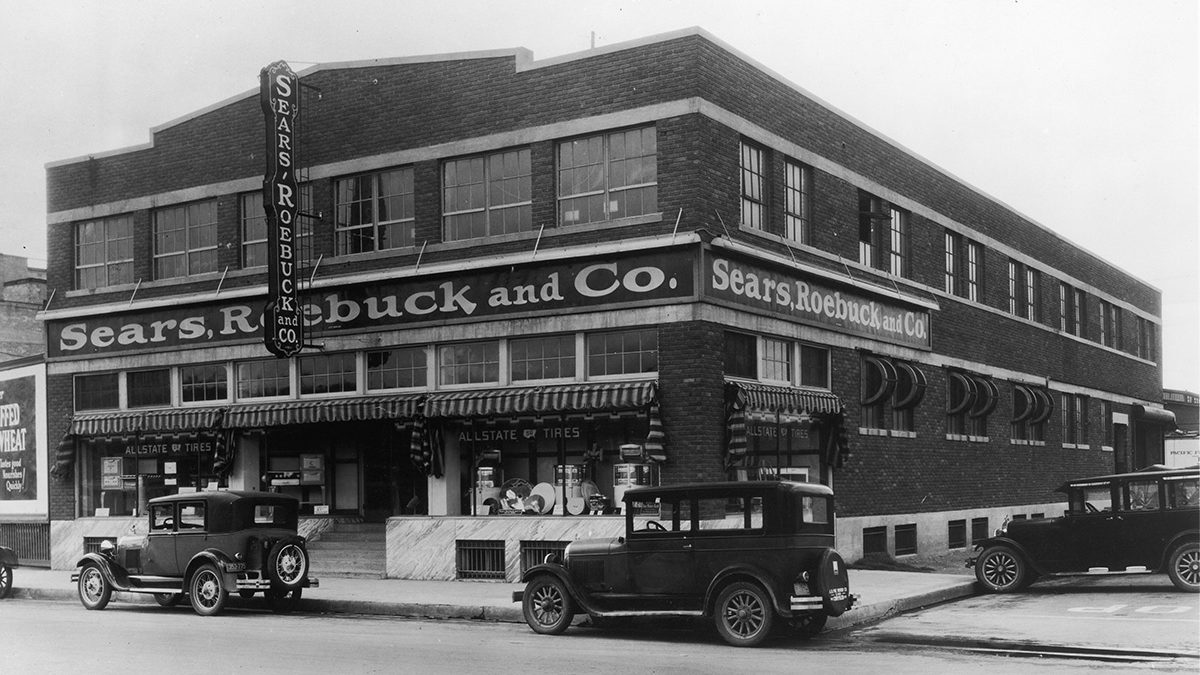For most of its 132-year history, Sears was at the forefront of American retail. Its early mail-order and distribution innovations made it the “Amazon of the Gilded Age,” writes The New York Times.
But now, to an entire generation of young shoppers, Sears is the store that they least want to visit in the mall — a place to which they already rarely go.
As a corporate strategy, Sears positioned stores in retail locations across the country, and for years, was the largest retailer in the United States. The company even operated out of the tallest building in the world for a time.
But over the course of the last decade, that prestige has virtually evaporated. The company has lost money for years, its head count has dropped by hundreds of thousands of employees, and it has several thousand fewer stores than it did in 2008. The landmark Sears Tower in Chicago was renamed after an insurance company.
On Monday morning, facing a $134 million debt payment, the company filed for bankruptcy protection. The Times looks at key moments in Sears history that led them to this point.
Thanks for reading InsideHook. Sign up for our daily newsletter and be in the know.


















